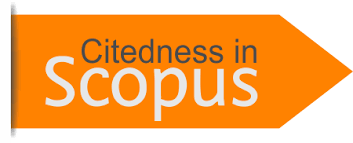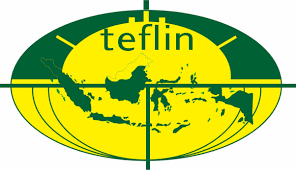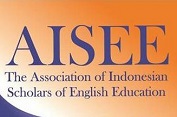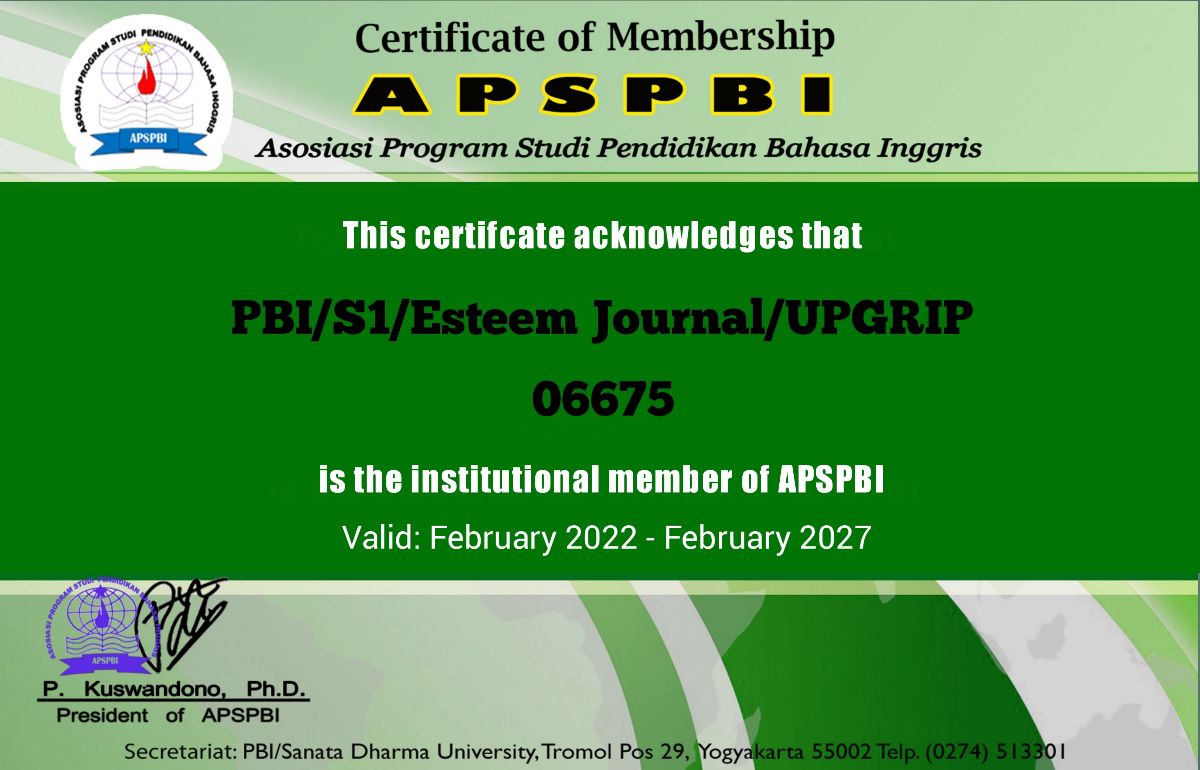LEARNING CELL METHOD (LCM) FOR THE TENTH GRADE STUDENTS OF SENIOR HIGH SCHOOL PALEMBANG IN PROMOTING THE STUDENTS’ ENGLISH ACHIEVEMENT
DOI:
https://doi.org/10.31851/esteem.v4i2.6186Keywords:
Teaching, Narrative Text, Learning Cell MethodAbstract
The aim of this study was to find out whether or not study was to find out whether using the learning cell method in teaching narrative text was effective or not to improve the students’ reading comprehension achievement of the tenth-grade students of Karya Ibu Senior High School of Palembang. Thi study applied pre-experiment method. The population of this study was all of the tenth grade students of Karya Ibu Senior High School of Palembang, in the Academic Year 2020/2021 with total number 120 students and 30 students were taken as sampl. In collecting the data, a written test of narrative texts was used, and the data were analyzed by using KR-21 The result of this study showed the students’ mean score in the post-test and pre-test of the test, the matched ttest calculation showed that the value of t-obtained was 21.12. The value of t-table was 1.699. It could be concluded that the value of t-obtained (21.12) was higher than the value of t-table. Then the null hypothesis (Ho) was rejected and the alternative hypothesis (Ha) was accepted. It means that teaching narrative texts through Learning Cell method to promote the students’ reading comprehension achivement of the tenth grade students of Karya Ibu of Palembang was effective. Keywords: Teaching, Narrative Text, Learning Cell method.
References
Brown, H. D. (2004). Language assessment: Principles and classroom practices. NY: Pearson Education.
Creeswell. (2012). educational research ( planning, conducting, and evaluating quantitative and qualitative research. Boston: pearson.
Dallman, R. L. (1982). Teaching of Reading. Washington: CBS College Publishing.
Dantes, N. (2012). Metode Penelitian. Yogjakarta: Andi Offset.
F., B. (2005). Collaborative Learning Techniques. San Francisco: John Willey.
Falchikov, N. (2001). learning together: peer. London: Available in.
Freankel, J. R. (2012). How to Design and Evaluate Research in Education. San Fransisco: McGraw-Hill.
Hatch, E. a. (1382). Research Design and Statistic for Applied. London: New Burry House, Inc.
Lipton, B. H. (2005). The Biology of Belief. NJ: Newjourney.
Mckeachie. (2010). eaching Tips: Strategies, Research, and Theory for College and University Teachers. Newzealand: Work Press .
Millrood, R. (2001). Teacher development. Cmbridg: Cambridge University Press.
Nunan. (1999). Second Language Teaching and learning. Boston: Heinle.
Silberman, M. L. (2006). Active Learning 101 Cara Bealajar Siswa Aktif. Bandung : Nuansa.
Sugiyono. (2013). Metode penelitian pendidikan pendekatan Kuantitatif,Kualitatif dan R&D. Bandung : Alfabeta.
Suprijono, A. (2009). Cooperative Learning Teori dan Aplikasi Paikem. Yogjaykarta: Pustaka.
Downloads
Published
Issue
Section
License
Copyright Notice
Authors who publish with this journal agree to the following terms:
In order to assure the highest standards for published articles, a peer review policy is applied. In pursue of the compliance with academic standards, all parties involved in the publishing process (the authors, the editors and the editorial board and the reviewers) agree to meet the responsibilities stated below in accordance to the Journal publication ethics and malpractice statement.
Duties of Authors:
- The author(s) warrant that the submitted article is an original work, which has not been previously published, and that they have obtained an agreement from any co-author(s) prior to the manuscript’s submission;
- The author(s) should not submit articles describing essentially the same research to more than one journal;
- The authors(s) make certain that the manuscript meets the terms of the Manuscript Submission Guideline regarding appropriate academic citation and that no copyright infringement occurs;
- The authors(s) should inform the editors about any conflict of interests and report any errors they subsequently, discover in their manuscript.
Duties of Editors and the Editorial Board:
- The editors, together with the editorial board, are responsible for deciding upon the publication or rejection of the submitted manuscripts based only on their originality, significance, and relevance to the domains of the journal;
- The editors evaluate the manuscripts compliance with academic criteria, the domains of the journal and the guidelines;
- The editors must at all times respect the confidentiality of any information pertaining to the submitted manuscripts;
- The editors assign the review of each manuscript to two reviewers chosen according to their domains of expertise. The editors must take into account any conflict of interest reported by the authors and the reviewers.
- The editors must ensure that the comments and recommendations of the reviewers are sent to the author(s) in due time and that the manuscripts are returned to the editors, who take the final decision to publish them or not.
Authors are permitted and encouraged to post online a pre-publication manuscript (but not the Publisher final formatted PDF version of the Work) in institutional repositories or on their Websites prior to and during the submission process, as it can lead to productive exchanges, as well as earlier and greater citation of published work (see The Effect of Open Access). Any such posting made before acceptance and publication of the Work shall be updated upon publication to include a reference to the Publisher-assigned DOI (Digital Object Identifier) and a link to the online abstract for the final published Work in the Journal.





























